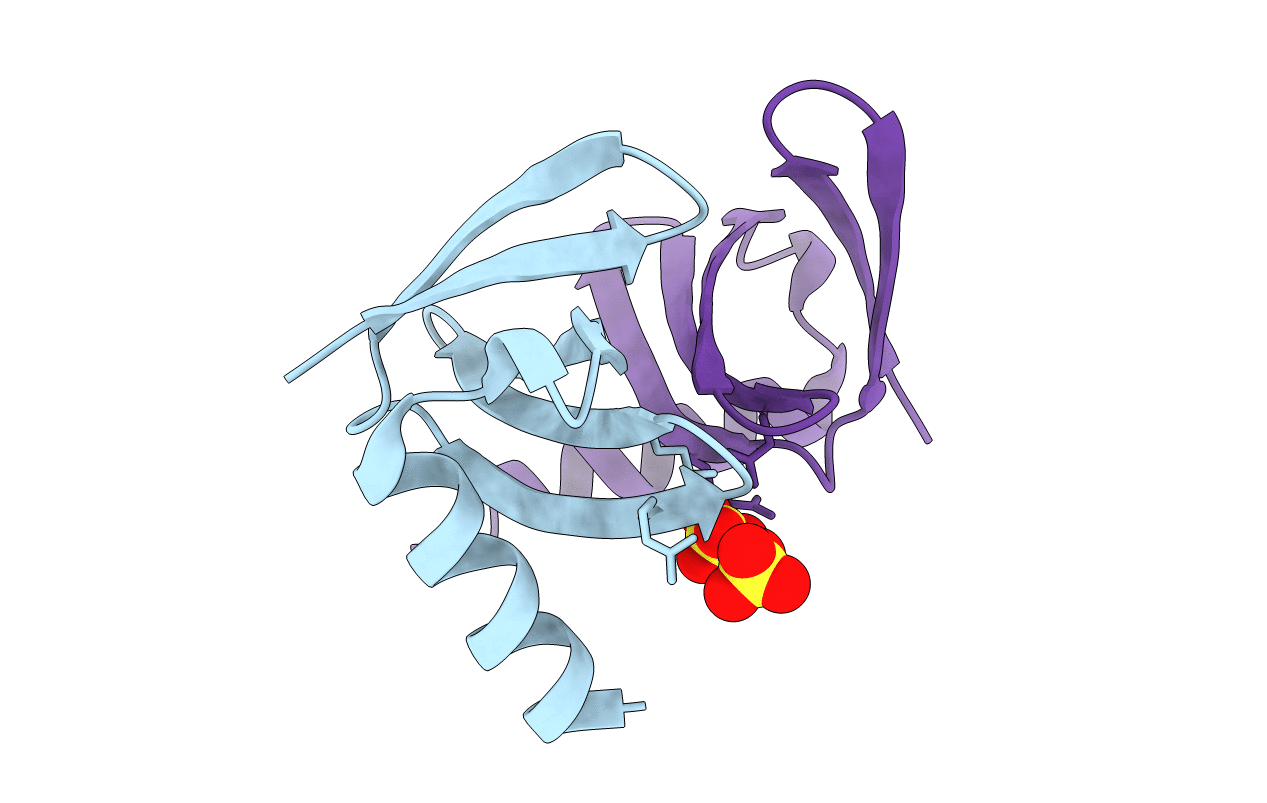
Deposition Date
2010-07-01
Release Date
2011-07-13
Last Version Date
2024-10-16
Entry Detail
PDB ID:
2XIW
Keywords:
Title:
Crystal structure of the Sac7d-derived IgG1-binder C3-C24S
Biological Source:
Source Organism:
SULFOLOBUS ACIDOCALDARIUS (Taxon ID: 2285)
Host Organism:
Method Details:
Experimental Method:
Resolution:
1.50 Å
R-Value Free:
0.19
R-Value Work:
0.17
R-Value Observed:
0.17
Space Group:
P 31 2 1


